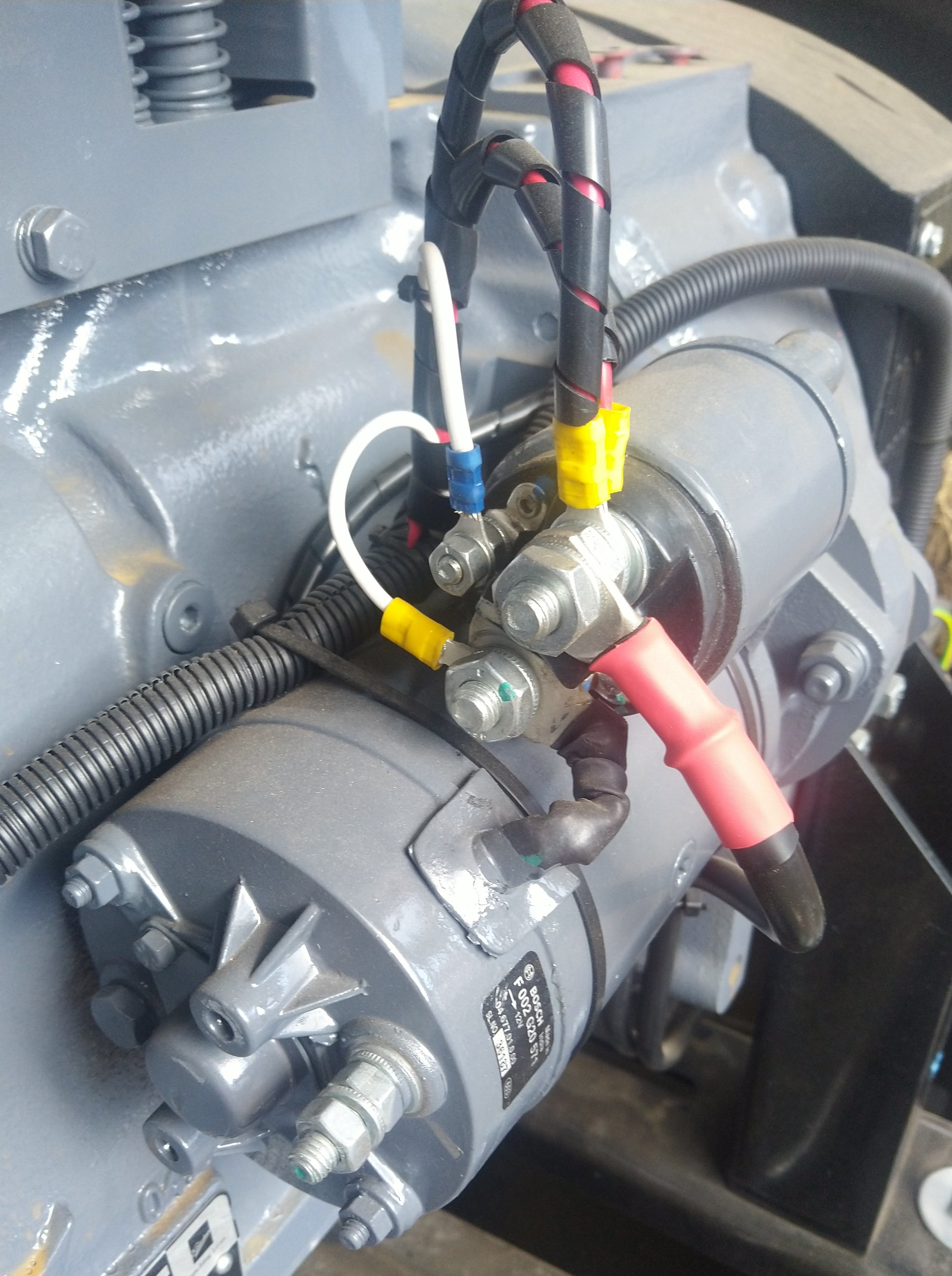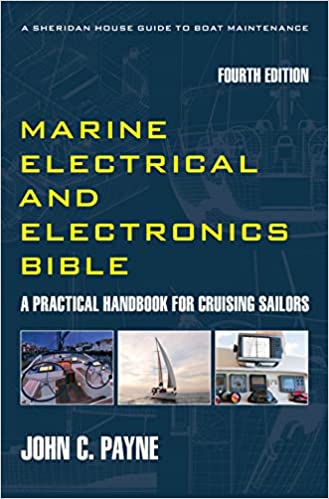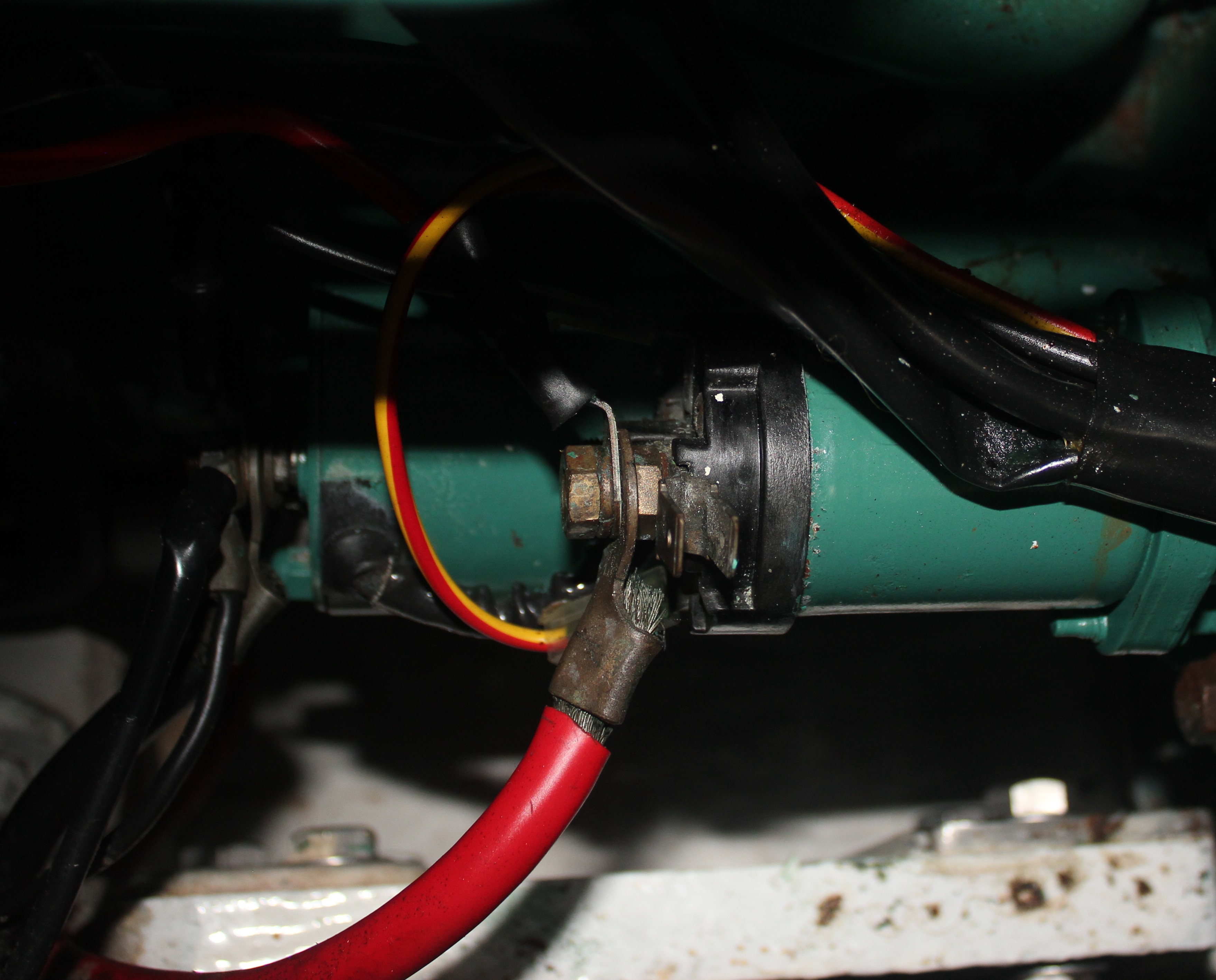Boat Engine Problems
Boat engine problems are usually related to poor starting system circuit design. Your boat starting system must be looked at as not simply a collection of series connected components, but as an entire starting system. The typical boat diesel engine starting system comprises the following important elements;
1. The DC Positive Circuit. This includes the cable connections and terminations at the starting battery, the isolator or changeover switch which is the actual switch and the cable terminations; the motor starter solenoid along with the cable terminations, the solenoid internal main current contacts and the control wiring terminations on the solenoid coil; the DC starting motor, which comprises many integrated components that such as the carbon brushes, the brush gear that holds the brushes, the starter motor commutator, the motor bearings and the starter motor windings.
2. The DC Negative Circuit. This includes the cable terminations at the battery; the cable termination that is usually connected to the engine block; the cable running back to the battery, and the ammeter shunt if one is installed.
3. The Engine Control System. This is the wiring loom from the engine control panel in the cockpit and includes the key switch, the stop and start buttons, the wiring harness, all of the connectors within that cable loom, and the fuse protection if installed.
4. The Diesel Engine Preheating System. This includes the heating elements or glow plugs mounted on the engine, and the connections, the control relays and the wiring connections.
5. The Engine Starting Battery. This requires looking at charging systems.
Boat engine problems - starting circuit analysis
The math of this detailed starting circuit analysis is that there are also a total of at least 14 separate cable and wiring connection points plus the solenoid coil, the starter motor, the battery, the key switch that can directly impact on the starting system and prevent the system functioning. That is a lot isn't it and this usually surprises people. These are the reasons many experience boat engine problems.
Each connection or cable termination point represents what is called a single point failure with subsequent total system failure, with no apparent redundancy. How do these boat engine problems escalate? If you decide to continue turning over a diesel engine that will not start, you may end up burning out the starter motor as the windings overheat. Then you really in a jam. There are other less common boat engine problems and scenarios.

This is how the starter motor terminations should be made. Use the correct cable terminations, use the correct current ratings, tighten them and insulate as shown. Never solder the crimp terminals as some do. Keep the terminations clean and dry. Check them as vibration can cause them to loosen and that creates a high resistance joint.
Diesel Engine Starting System Redundancy Principles
The key to minimizing failure or mitigating the effects of boat engine problems with starting failure in any engine starting system is the provision of redundancy. Redundancy in simple terms is having backup or duplicate systems as part of the systems design, so that if one system fails the other will provide you with starting options. In the average single engine sailing or motorboat, normal systems design and installation rarely incorporates any redundancy on the battery charging, or the diesel engine starting systems. When you break down, you break down! And in many cases you stay broken down because there are no options available.
In most commercial shipping and offshore oil vessels, this is a basic premise in all systems design and the various classification societies that oversee them demand it. There are several methods for improving redundancy and the following are the easiest and most economical to carry out. While not easy on some yachts there are some measures that can be implemented.
The first and foremost is the carrying of appropriate spare parts. I am often astounded how few people choose to carry a spare alternator or a spare starter motor. This is the cheapest investment that one can make.
This is an example of very poor termination of the main starting cable from the battery. It is ready to fail. Poor quality crimping, uninsulated and not tightened up. I see these every day, don't set yourself up for failure, check and make sure it is correct
What about Alternative Engine Start Battery Charging Sources?
1. An engine powered DC generator. Compact units are available which are small diesel powered alternators.
2. An AC generator with mains powered battery charger. The on board generator with a battery charger offers the best battery charging source, however its relatively expensive and has space and weight constraints limiting it to larger yachts.
3. A combination of wind, solar and water powered charging systems. They are supplementary only as they depend on environmental factors, if the sun doesn't shine and the wind doesn't blow then no charging is possible.
4. Battery condition monitoring. If your engine starting battery has suffered frequent running down and cycling as a result of engine starting issues, you need to consider renewal. The best form of redundancy is a battery that will charge and stay charged, and no amount of alternative charging will help you.
Do you want to know more about boat engine problems and how to fix them?
Be sure to purchase a discount price copy of The Marine Electrical and Electronics Bible 4th Edition from Amazon, all you need to know about this, along with and all other boat systems is there, your perfect and practical onboard reference manual. More about boat engine problems.

